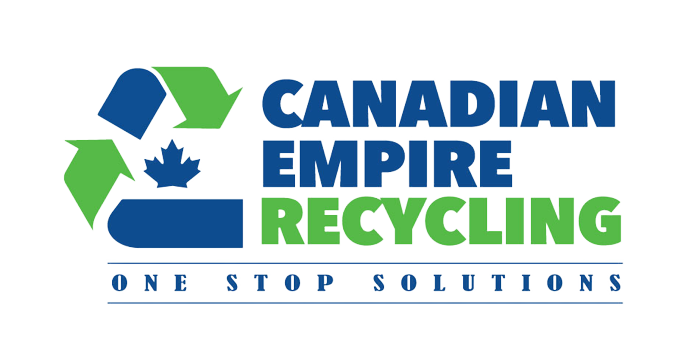Understanding Hazardous Waste in Construction
Construction projects generate various types of waste, some classified as hazardous. These can include materials such as asbestos, lead-based paints, solvents, adhesives, treated wood, and contaminated soil. Proper handling and disposal of these materials are essential to protect workers, comply with regulations, and minimize environmental harm.
Identifying Hazardous Waste
Before disposal, construction companies must identify hazardous materials on-site. Common hazardous waste includes:
- Asbestos – Found in insulation, roofing, and tiles.
- Lead-Based Paint – Present in older buildings.
- Solvents & Paint Thinners – Used in finishing and cleaning processes.
- Batteries – Contain toxic metals like mercury and cadmium.
- Treated Wood – May contain arsenic or other chemicals.
Regulatory Compliance
Construction companies must comply with federal, state, and local regulations governing Abbotsford hazardous waste disposal. Key regulatory bodies include:
- Environmental Protection Agency (EPA) – Sets federal hazardous waste standards.
- Occupational Safety and Health Administration (OSHA) – Regulates worker safety concerning hazardous materials.
- Local Environmental Agencies – May have additional disposal guidelines.
Best Practices for Handling Hazardous Waste
- Conduct a Waste Assessment – Identify hazardous materials before starting a project.
- Use Proper Storage – Store hazardous waste in labeled, leak-proof containers.
- Train Employees – Educate workers on proper handling and disposal procedures.
- Partner with Certified Disposal Services – Work with licensed hazardous waste haulers.
- Recycle When Possible – Some hazardous materials, like certain solvents and metals, can be recycled.
- Maintain Documentation – Keep records of waste disposal to ensure compliance and accountability.
Safe Disposal Methods
- Asbestos Removal – Must be handled by certified professionals and disposed of in designated landfills.
- Lead Paint & Solvents – Use specialized disposal facilities to prevent contamination.
- Battery Recycling – Partner with e-waste or battery recycling programs.
- Concrete & Treated Wood Disposal – Follow local landfill guidelines or recycling options.
Proper Abbotsford Commercial Hazardous Waste Disposal is crucial for construction companies to ensure safety, regulatory compliance, and environmental protection. Construction firms can minimize risks by implementing best practices, training workers, and partnering with professional disposal services and contribute to a cleaner, safer industry. Construction firms can minimize risks by implementing best practices, training workers, and partnering with professional disposal services and contribute to a cleaner, safer industry. Utilizing resources such as the Hazardous Waste Drop-Off Depot Abbotsford helps streamline waste disposal and ensures responsible handling of hazardous materials. Contact Canadian Empire Recycling (Abbotsford) to help streamline waste disposal and ensure responsible handling of hazardous materials.

